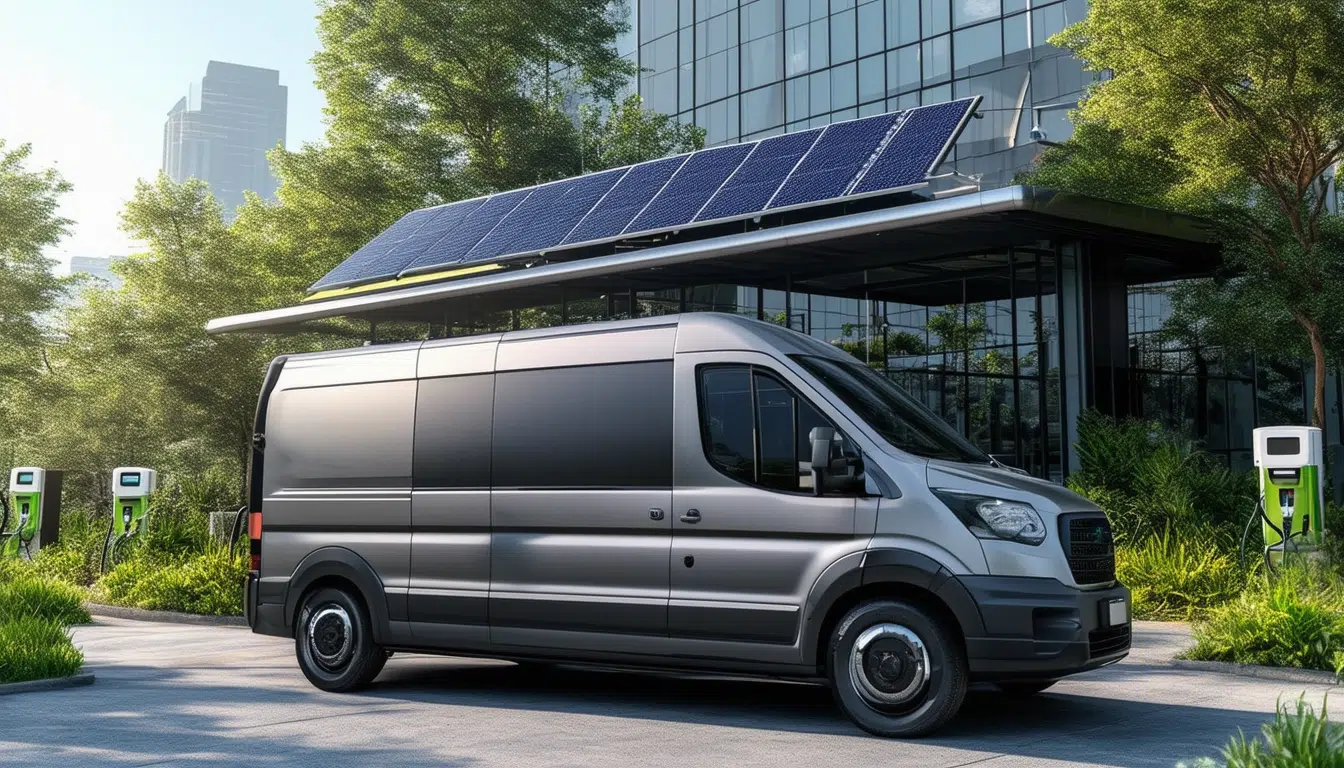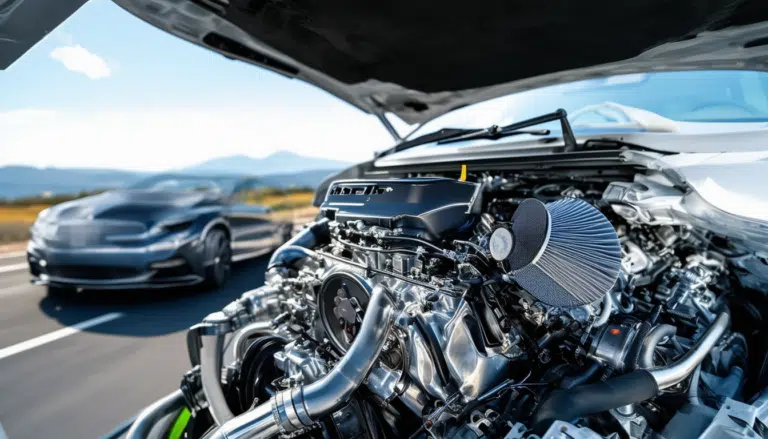Las furgonetas eléctricas logran recuperar su inversión en solo tres años al disminuir los gastos operativos

In an increasingly sustainability-conscious world, electric vans emerge as an economical and ecological solution for small and medium-sized enterprises (SMEs). According to recent studies, these vehicles manage to recover their investment in just three years thanks to a significant reduction in operating costs. Compared to diesel vans, the recharging and maintenance costs are significantly lower, translating into a positive financial impact for companies. This transition towards electrification not only benefits the economy of SMEs but also contributes to a cleaner and more sustainable future.
Electric vans are gaining popularity among small and medium-sized enterprises (SMEs) due to their ability to significantly reduce operating costs. A recent report indicates that these vans allow for the recovery of the initial investment within three years, thanks to the reduction of expenses associated with fuel and maintenance. This change not only favors businesses but also promotes a more sustainable environment.
Significant savings in operating costs
The main advantage of opting for electric vans is the decrease in operating costs. Compared to diesel vehicles, electric vans allow for an average savings of 14,000 euros over a three-year period. This savings mainly comes from two factors: the lower recharging costs and reduced maintenance expenses.
For example, while the fuel cost of a diesel van ranges between 18 and 20 euros for every 100 km, electric vans manage to reduce this cost to approximately 3 euros for every 100 km. This means that companies can carry out their daily operations much more economically, resulting in a significant improvement in profitability.
Quick amortization of investment
According to the study, electric vans pay off handsomely in three years, which is the usual duration of financing plans. This fact has led many SMEs to reevaluate their vehicle fleets and seriously consider the transition to electric options.
This is not just a change of vehicles, but a comprehensive improvement in the management of business resources. Electric vans are designed to be more efficient and require less maintenance, further enhancing the owner’s experience and the overall operations of the business.
Additional benefits for SMEs
Small businesses not only save on operating costs but can also enjoy multiple additional benefits. For example, many European cities are implementing low emission zones, where access is exclusively permitted to electric vehicles. This eliminates additional costs, such as fines or tolls, that apply to polluting vehicles.
Moreover, the possibility of accessing grants and public aid for the purchase of electric vans helps SMEs make the transition in a more accessible and sustainable manner. The combination of these benefits can mean even more significant savings on the total cost of ownership of a vehicle.
Success stories in electrification
Several SMEs are already enjoying the benefits of switching to electric vans. A clear example is the delivery company France Alliance 56, which managed to reduce its energy costs by more than 80% by switching from diesel vehicles to E-Transit vans. The experience of this company demonstrates that the change is not only feasible but also extremely profitable.
The director of France Alliance 56 has highlighted how easy it is to operate with electric vans, facilitating the recharging and monitoring of each vehicle through specialized software. This underscores how technology can play a key role in transitioning to a more sustainable and efficient business model.
Final considerations
The adoption of electric vans presents itself as a highly attractive option for SMEs looking to minimize their operating costs. The combination of financial benefits and environmental sustainability creates an ideal scenario for companies to consider this transition. With the ability to recover the investment in just three years, electric vans are set to redefine the future of commercial transportation.
Cost savings and investment recovery in electric vans
The revolution of electric vans is transforming the way small and medium-sized enterprises (SMEs) operate in Europe. A recent report has concluded that the initial investment in these vehicles is recovered in a deserved period of three years, thanks to the notable decrease in operating expenses. This savings mainly translates into recharging costs, which are significantly lower than traditional fuel, as well as in reduced maintenance expenses.
The economic benefits derived from using electric vans are evident in several countries. For example, companies in France can save up to 19,000 euros per vehicle. In Spain, the savings can reach 16,000 euros. This data reveals that, on average across Europe, SMEs can amortize their investment in electric vans, making this mode of transport essential in an increasingly competitive and demanding business environment.
Additionally, the ease of recharging and the reduced time spent on maintenance are attractive factors for companies seeking to optimize their processes. Electric vans not only offer a lower operating cost but also guarantee a more effective and efficient service. This results in a notable improvement in productivity and overall business performance.
With more than 350 low emission zones already implemented in Europe, electric vans allow companies to operate without restrictions, providing privileged access to urban centers. Therefore, it is not only an eco-friendly option but also a logical and beneficial financial strategy for today’s SMEs.





